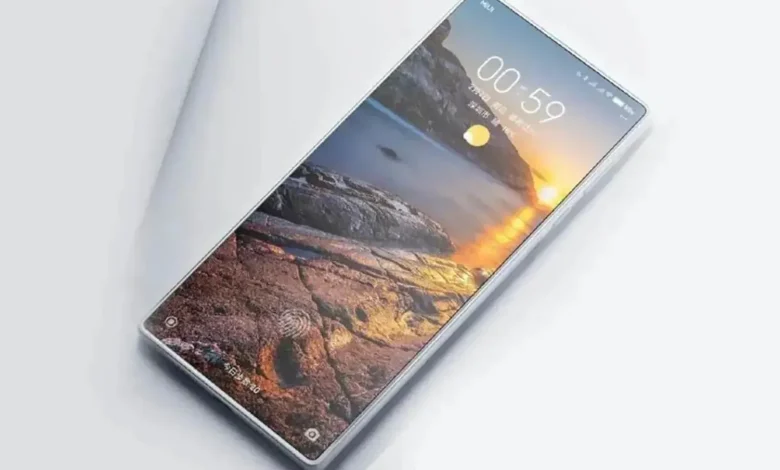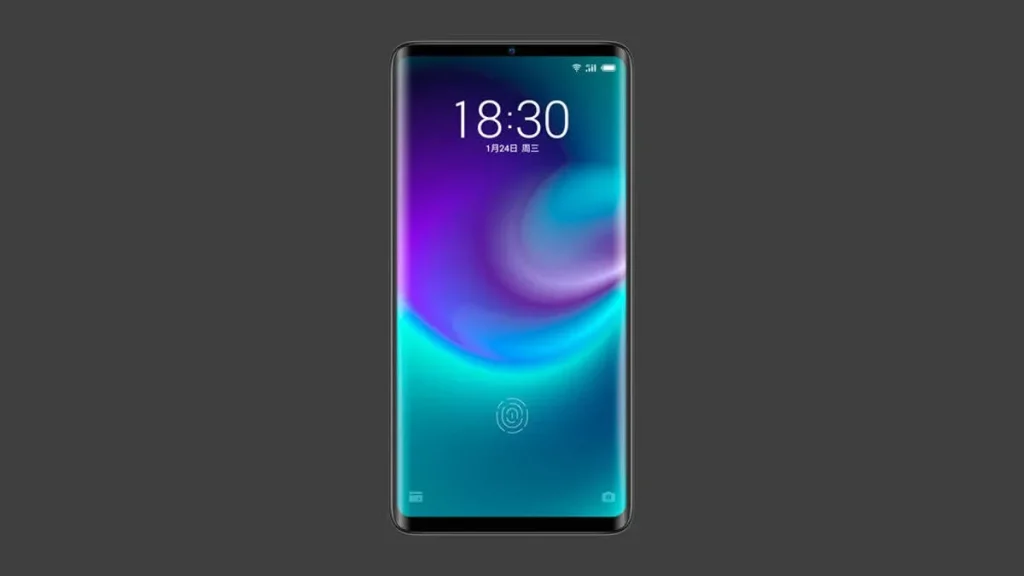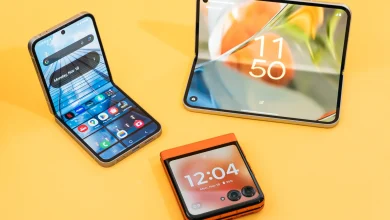
Are Buttonless Smartphones the Future of Mobile Tech?
The shift to buttonless smartphones is gaining momentum, signaling a sleek and tactile-free era in mobile design and interaction.
Gone are the days when physical buttons defined the user experience on mobile devices. Today, buttonless smartphones are reshaping how we interact with our phones. By eliminating traditional power, volume, and even mute switches, manufacturers are moving toward a cleaner, sleeker form. These new designs often rely on haptic feedback, touch-sensitive edges, and voice controls to replace physical input.
This shift is more than aesthetic. Removing physical buttons offers more durability and better water resistance—two key benefits that appeal to users who value both form and function. As more brands explore this approach, buttonless smartphones are steadily becoming a standard rather than an exception.
Tech Giants Driving the Buttonless Revolution
Major players in the smartphone market, including Apple and Android OEMs like Meizu, are actively exploring buttonless smartphones. Apple has tested solid-state button prototypes and considered capacitive edges that simulate physical clicks. Meizu, meanwhile, has already released concept phones with no buttons at all, relying entirely on gesture navigation and screen interaction.
One motivation is the integration of AI and smart sensors that adapt the interface to user behavior. With buttonless smartphones, interfaces become more intuitive, with customizable areas that detect grip pressure and touch location. It’s a more dynamic, personalized experience that goes beyond the static hardware of yesterday’s designs.

Challenges on the Road to Mass Adoption
Despite the promise, buttonless smartphones face some notable hurdles. Users accustomed to tactile feedback may find the switch jarring. Physical buttons provide a level of precision that’s still difficult to replicate with haptics, especially in emergency or low-visibility situations. There’s also the concern of accidental activation, particularly when sensors or touch panels are overly sensitive.
Manufacturers are still refining the technology to ensure it’s reliable under various conditions—wet hands, gloves, or extreme temperatures can all interfere with touch-based controls. Until these issues are resolved, buttonless smartphones may remain niche, appealing more to early adopters than to the mainstream.

The Future Is Frictionless and Fluid
Still, the trend line is clear: the mobile industry is headed toward seamless design. As foldables and rollables gain popularity, removing buttons makes even more sense. Flexible screens leave little room for protruding parts, and buttonless smartphones help maintain the fluidity of these next-gen devices. Software customization also plays a role—allowing users to adjust sensitivity, layout, or even create virtual button areas based on preference.
As voice assistants and gesture controls mature, the need for physical input will further decline. Soon, buttonless smartphones could become the default, offering a uniform aesthetic and fully touch-driven experience that reflects the broader design philosophy of modern tech: simple, smooth, and smart.



